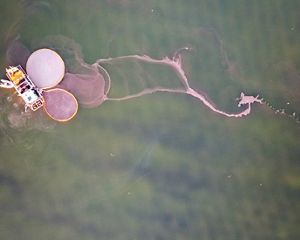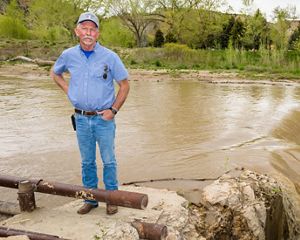The Nature Conservancy’s Impact in Utah
For 40 years, we've helped protect the state’s lands and waters.
By Larisa Bowen, Senior Writer/Editor, Western US and Canada Division
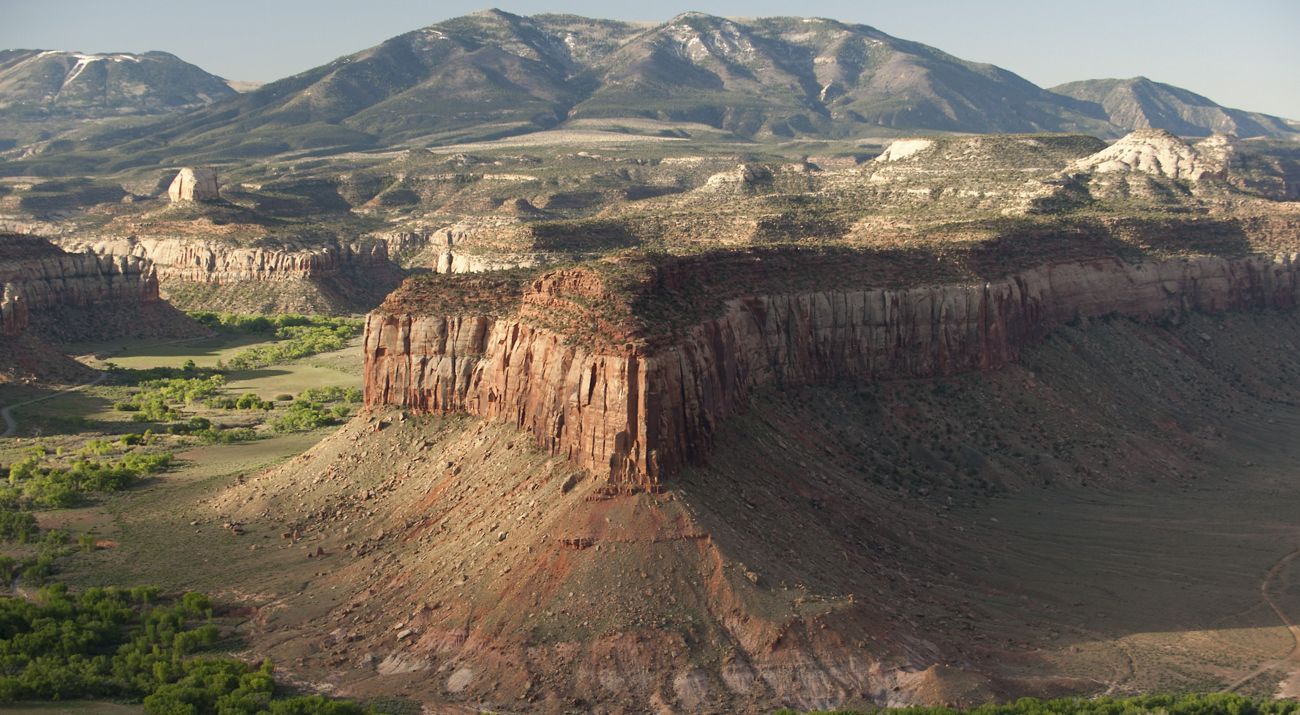
In 1984, TNC took a leap of faith and bought 1,192 acres of at-risk wetlands in Utah, becoming the first private conservation organization to protect critical migratory bird habitat at the Great Salt Lake. That initial purchase launched the Utah Chapter’s 40-year journey—one marked by innovation, partnership and countless wins for nature and people.
“Utahns from all walks of life have found common ground in TNC’s mission and our collaborative brand of conservation,” said Utah State Director Elizabeth Kitchens. Today, with thousands of members and volunteers, hundreds of projects completed and more than 1.2 million acres of private and public land protected statewide, we are pausing to reflect with awe and gratitude.
Dave Livermore, TNC’s former Utah state director, was here in the beginning, working as TNC’s only staff person in the Great Basin. “I saw Utah’s potential. There are so many valuable natural areas, and I was struck by the powerful, innate connection Utahns have to the land.”
Protecting Important Places in Utah
Right from the start, TNC took on a crucial role in Utah by saving some of this state’s “last great places.” Nimble and strategic, we have built a reputation for protecting vulnerable, ecologically important lands and waters, including special places like:

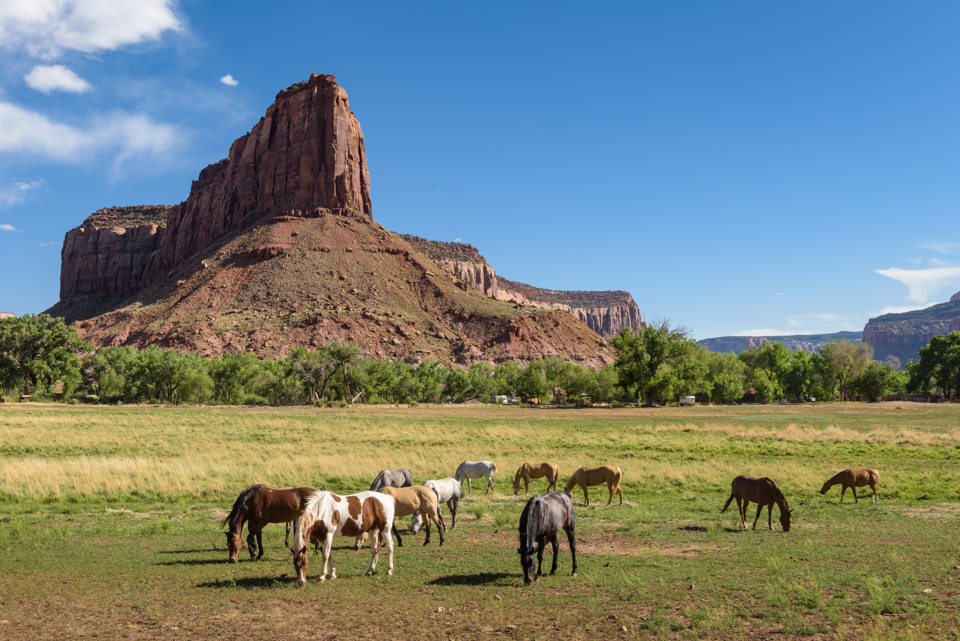
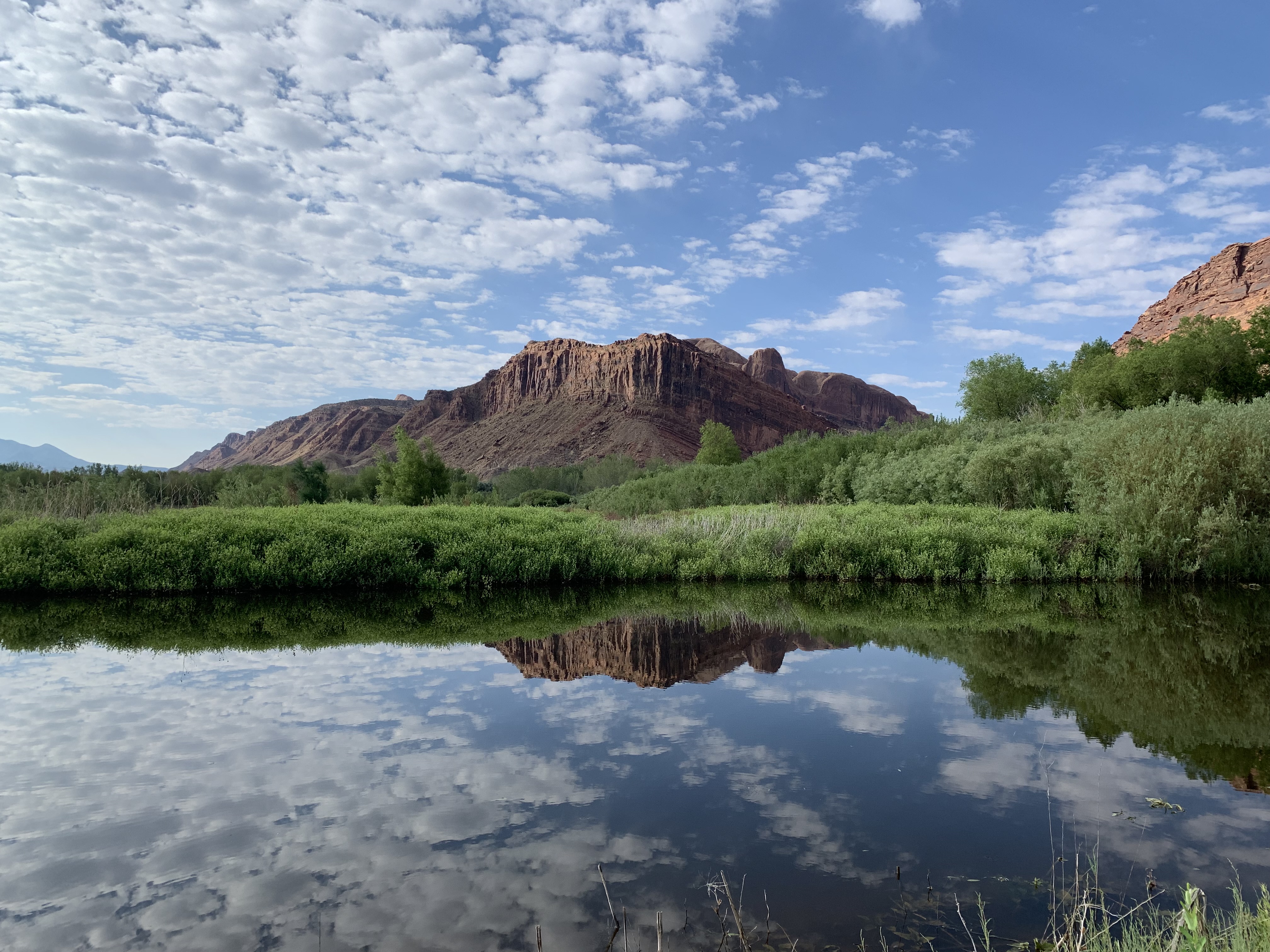

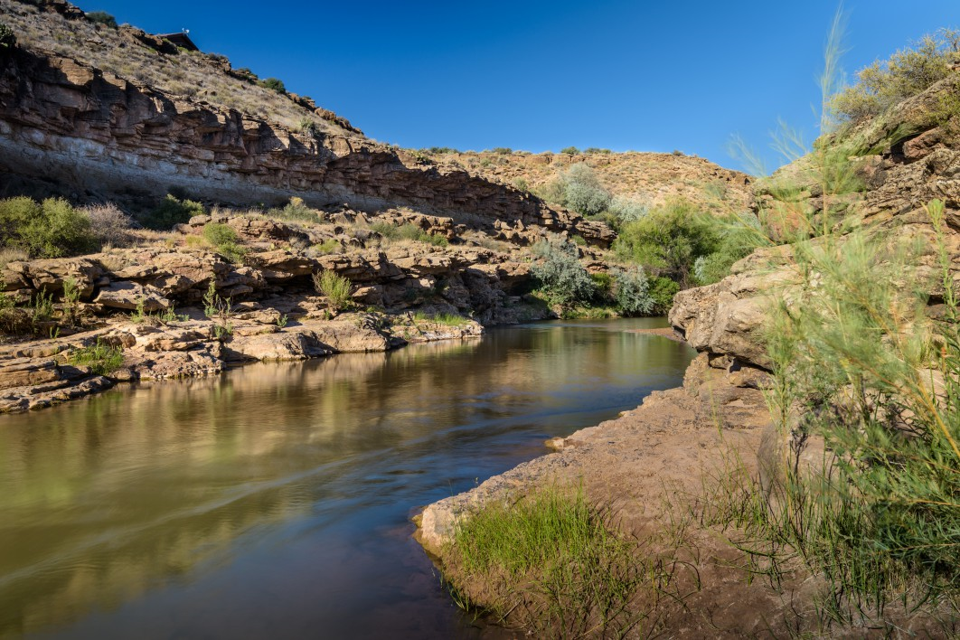
Each one of these acquisitions continues to benefit both nature and people, and our public preserves also offer exceptional recreation and educational opportunities. Over the years, TNC has also partnered with countless Utah ranchers, farmers and other landowners to secure lasting protection for key private lands through the use of conservation easements. Some of these projects include the Selman Ranch in northern Utah, which protects 6,700 acres of habitat for the Columbian sharp-tailed grouse; 2,700 acres on Kanarra Mountain near Zion National Park, which supports the headwaters for LaVerkin, Spring and Kanarra Creeks—all major tributaries to the Virgin River; and 10,000 acres of critical greater sage-grouse habitat near Grouse Creek in northwest Utah.
TNC’s foundation in land conservation is now helping us expand to meet the current crises of biodiversity loss and climate change. Today we are using cutting-edge models and climate science to secure large, intact habitats and corridors that are key to sustaining native species and ecosystems. Our goal is to connect existing protected lands and identify barriers for wildlife movements. We’re also working with partners to use science and technology to restore and protect important public lands, and we’re modeling innovative stewardship at our own preserves.
Securing Water
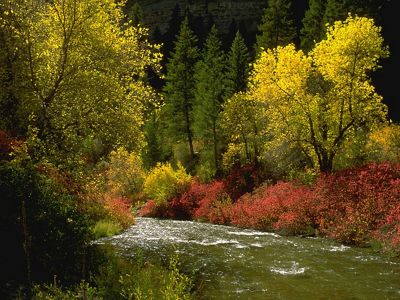
As residents of one of the driest and fastest growing states, Utahns consistently rank water as a top concern, and with good reason. Since our founding, TNC has played an increasingly important role in the wise management and protection of Utah’s water sources, waterways and watersheds. From the protection of more than 10,000 acres of wetlands and uplands around the Great Salt Lake and the preservation of an 18-mile stretch of the Strawberry River to the restoration of 90 miles along the Escalante River and the conservation of the largest wetlands complex along the Colorado River in Utah—TNC has made lasting contributions to vulnerable watersheds.
With climate change impacts increasing over the past decade and the Great Salt Lake hitting a record low in 2022, more Utahns have realized that a “business as usual” approach to water management simply will not work. TNC has led the way in advancing landmark policy change and testing collaborative and innovative solutions.
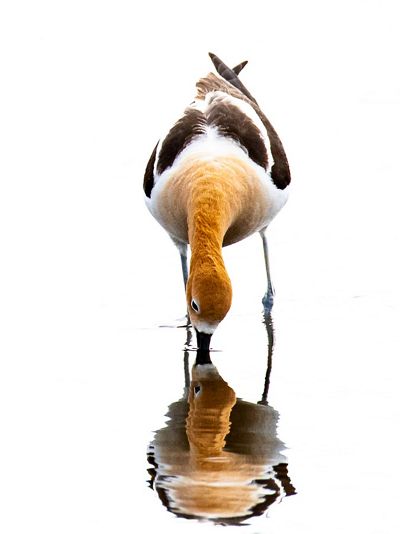
For example, with National Audubon Society, we are co-managing the Great Salt Lake Watershed Enhancement Trust, an unprecedented effort funded by the State of Utah to help address the Lake’s decline. And in the distressed Colorado River Basin, TNC is working across seven states and two countries, forming extraordinary partnerships with agricultural producers, communities and other NGOs on realistic, game-changing solutions. We launched Utah’s first water bank on the Price River, a tributary of the Green River, testing new tools and policies around the concept of using financial incentives to safeguard Utah’s water. And on the Virgin River, we’re collaborating with local governments, communities and farmers to modernize water delivery systems and protect instream flows.
In Utah and across the West, TNC is operating at the forefront of freshwater science, policy and creative problem-solving. We have built the relationships and trust to help our state meet human needs and keep our rivers, lakes and streams healthy.
Delivering Climate Science & Action
A commitment to science and innovation has always driven TNC’s work, enabling us to adapt and evolve, continually delivering conservation outcomes more effectively and at larger scales. In our early days, science drove our creation of Utah’s first sensitive species database; it guided our efforts to help establish the Red Cliffs Desert Reserve to protect desert tortoise near St. George, Utah; and it fueled our development and sharing of tools such as Conservation Action Planning and Landscape Conservation Forecasting, which help our partners—many of them public land managers—enhance the way they care for millions of acres.
Today, as Utah faces increasing threats from climate change, TNC is driving scientific advances to make our human and natural communities more resilient. For example, TNC’s Canyonlands Research Center (CRC) program, based at the Dugout Ranch, adjacent to Canyonlands National Park and within Bears Ears National Monument, TNC and its partners are developing and testing rapid and strategic adaptations in land use, sustainable ranching and restoration. CRC scientists are making exciting advances in how we adapt to a changing climate—from testing a new breed of cattle to launching one of the world’s first biocrust restoration farms. By bringing together conservationists, academic institutions, land managers, state and federal research agencies and Tribal communities, TNC is ensuring the CRC program will impact the future of drylands on the Colorado Plateau and around the world.
Everywhere we work in Utah, science is our guide. Many of our exciting initiatives, such as a nursery for at-risk razorback suckers at the Matheson Wetlands Preserve, or our Freeport Drain project, which created valuable new wetlands near the Great Salt Lake, rely on TNC’s unique ability to put science, policy and partnerships to work for nature.
Connecting People to Nature
In the past 40 years, we’ve seen an important recognition grow across our state. More Utahns, from diverse cultural, political and religious backgrounds, understand that our health, our economy and our special quality of life are tied to nature. This awakening is still ongoing, and unfortunately, it is often driven by crises like the shrinking Great Salt Lake or the depleted Colorado River Basin. But TNC believes that the increasing conservation ethic among Utahns—and all Americans—will ultimately prove vital to saving our future. That’s why we’re working with a range of new partners with diverse voices and perspectives to help more Utahns celebrate nature’s importance and prioritize its protection. By changing hearts and minds, we can count on Utahns to have the knowledge and desire to make better decisions for our state and the planet.
Since 2006, at our Great Salt Lake Shorelands Preserve, more than 26,500 Utah students have experienced the award-winning Wings & Water Wetlands Education program. Run by TNC in partnership with Utah State University’s Utah Botanical Center, this hands-on learning experience delivers targeted lessons that meet state core curriculum science standards and promote students’ appreciation for the Great Salt Lake ecosystem and conservation.

And through the CRC program at TNC’s Dugout Ranch, our NATURE program (Native American Tribes Upholding Restoration and Education) offers students from tribal backgrounds a unique opportunity to gain experience in the fields of climate change science, restoration practices and research on Indigenous foods. This program, run in partnership with Utah State University-Blanding, is part of TNC’s larger effort to foster the next generation of environmental leaders and amplify diverse voices in the fight to combat climate change and conserve and restore lands on the Colorado Plateau.
We’re also so grateful for TNC’s volunteers, members and supporters, whose ranks have grown exponentially since our founding in 1984. It’s deeply inspiring that so many Utahns have stepped up on behalf of nature and have given their resources, their talents and their time to make the future brighter for all of us.
Looking Ahead for Utah
When we think about nature and the future, there’s still a lot that keeps us up at night. The momentum we've built is nothing short of remarkable. Today, we know the stakes for our mission in Utah have never been higher. Thanks to our supporters and partners, TNC is poised to build on a powerful legacy of conservation, and we are better positioned than ever to tackle the crucial work that lies ahead.
Get the Latest News
Sign up to receive monthly news and stories about our conservation progress. Get a preview of Utah's Nature News email.

